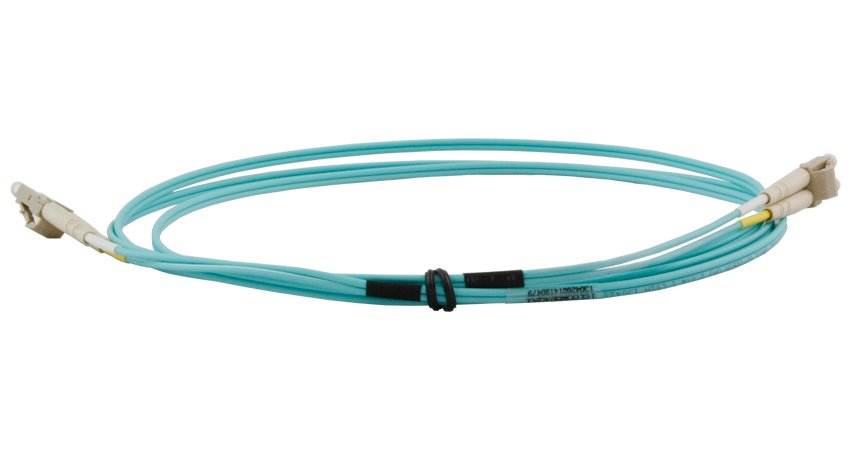
Smart Managed Switches
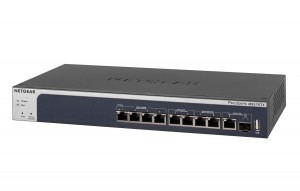
Preparing for future growth can include utilising Smart Managed Switches for network management. The performance-improving features of smart switches can range from basic to complex. By configuring smart switch options, administrators gain greater control over data transmissions, while improving efficiency. In comparison to fully managed switches, intelligent switch models will have some limitations. For example, most do not allow for the management of advanced features, such as IP multi-casting. However, reliable smart switches do support the management of:
- Quality of Service
- VLANs
- Link Aggregation
- Web Management
If advanced applications are not required, then Smart Managed Switches can be the perfect solution for simple applications for small to medium sized businesses with networks. Some of the specific Smart Managed Switch Ranges available can be found below:
- Standalone Smart Managed Switches – Purposely designed for small to medium sized businesses which come with high performance, SMB-oriented features and easy management – supporting Voice over IP (VoIP), streaming media, multicasting, security, and many other bandwidth-intensive applications.
- Multi-Gigabit Ethernet Smart Managed Switches – An ideal solution for businesses with future expansion in mind where the network needs to support speeds greater than 1 gigabit from incoming new multispeed devices.
- Gigabit Stackable Smart Managed Switches with 10G Copper/Fibre Uplinks – A cost-effective 10G solution with ultimate flexibility in 10-Gigabit connectivity either via copper or fibre.
- 10-Gigabit Smart Managed Switches – Purposely designed for small to medium sized businesses with cost-effective 10GBASE-T connectivity and advanced L2+/ Layer 3 Lite features.
- Stackable Smart Managed Switches – Designed for growing networks, providing true stacking capability with high performance, scalability and reliability.
- Stackable Smart Managed Switches with 10G Uplinks – Suitable for small to medium sized businesses with growing networks, stackable smart managed switches with 10G uplinks and are best paired with 10-gigabit ready servers and network storage systems.
Web Smart Managed Switches
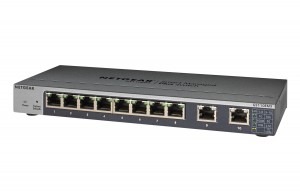
More often than not Smart Managed Switches are managed via a web browser which enables users to maintain their networks through intuitive guidance. Web Smart Managed Switches have become a viable solution for businesses with mid-sized networks that require management. Web Smart Switches come with switch management features such as port monitoring, link aggregation. Web Smart Switches also come with a simple Web interface via an embedded Web browser to provide VPN. Typically these switches do not come with SNMP management capabilities or a CLI. Web Smart Switches are also typically managed individually as opposed to group management. Some of the specific Web Smart Switch Ranges available can be found below:
- Gigabit Smart Managed Plus Switches – Deliver network monitoring, traffic prioritization and network segmentation to small businesses who want more visibility and control on top of plug-and-play connectivity
- 10-Gigabit/Multi-Gigabit Smart Managed Switches – Cost-effective 10-Gigabit and Multi-Gigabit copper switching solution available for SMBs, workgroups, and even home users
Cloud Smart Managed Switches
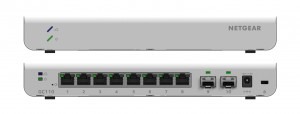
Cloud Smart Managed Switches enable monitoring and remote/cloud management of your networks Smart Managed Switches from anywhere. Some of the specific Cloud Smart Managed Switch ranges available can be found below:
- Smart Managed Cloud Gigabit Switches – Fully-integrated, cloud-manageable devices. All Gigabit models have copper Gigabit Ethernet ports.
- Smart Managed Cloud Gigabit/10G SFP+ switches – Fully-integrated, cloud-manageable devices. All Gigabit/10G SFP+ models have copper Gigabit Ethernet ports, 2 dedicated Gigabit SFP fibre ports, and 2 dedicated 10G SFP+ fibre ports.
Managed Switches
 Managed switches are designed to work for large data centre and enterprise networks. Generally managed switches have a serial port which allow recovery from misconfiguration with minimal downtime. Managed switches also have more intelligent functions like port mirroring and monitoring management, which enables users to prioritise network traffic and get a high degree of control over their networks. Additional Features to Managed Switches include:
Managed switches are designed to work for large data centre and enterprise networks. Generally managed switches have a serial port which allow recovery from misconfiguration with minimal downtime. Managed switches also have more intelligent functions like port mirroring and monitoring management, which enables users to prioritise network traffic and get a high degree of control over their networks. Additional Features to Managed Switches include:
- Quality of Service (QOS)
- Simple Network Management Protocol (SNMP)
- Virtual Local Area Networks (VLANs)
- Redundancy
- Port Mirroring
Unmanaged Switches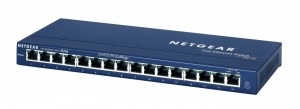
Unmanaged Switches enable Ethernet devices such as computers and printers to communicate with each other. Unlike Managed Switches, Unmanaged Switches come with a fixed configuration which are not editable. Primarily Unmanaged Switches are used in small networks where network traffic is light and flows unrestricted between devices without the need for giving priority to packets. Some of the specific Unmanaged Switch Ranges available can be found below:
- 10-Gigabit/Multi-Gigabit Unmanaged Switches
- Fast Ethernet Unmanaged Switches
- Gigabit Unmanaged Switches








